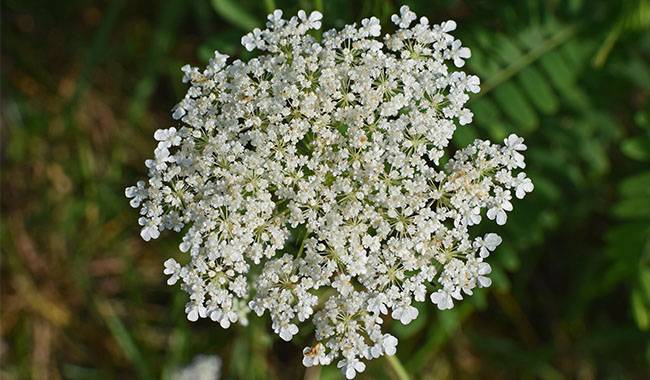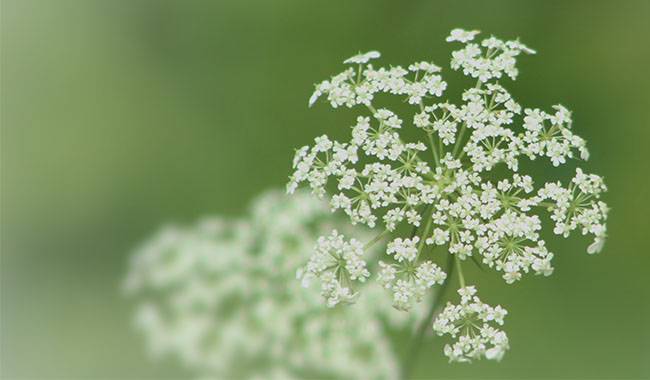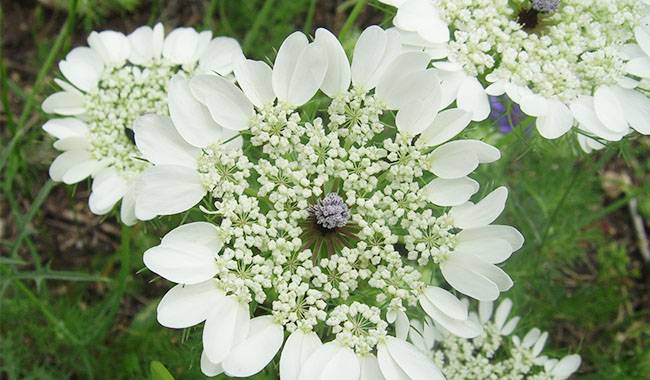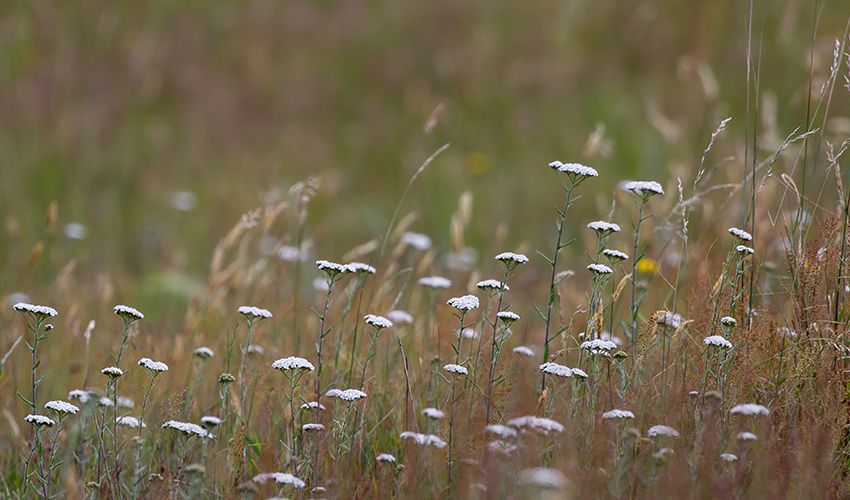
Queen Anne’s Lace is a weed that grows in dry ditches, wildlands, and roadsides. The small white flowers resemble lace, hence the name. This plant is native to Europe and now grows wild in many parts of the United States.
Queen Anne’s Lace, also known as Wild Carrot, is a distant relative of the modern carrot and is grown today in gardens and on farms. As the flowers bloom and fade, the long stems close together to form a loose ball containing Queen Anne’s Lace seeds.
In late fall, after the seeds have dried and turned brown, cut off the head of Queen Anne’s Lace. Queen Anne’s Lace flowers are easy to propagate, and in the wild, all it takes is a strong breeze or a passing animal to propagate, so scatter the seeds around.
Put the flowers in a paper bag. Shake it until all the seeds have freed themselves; you can remove the remaining seeds from the flower head by hand.
Scatter Queen Anne’s Lace seeds loosely on wild or cultivated soil shortly after harvesting. queen Anne’s Lace is a biennial weed; it blooms the second year after planting.
If planting is not possible immediately after harvest, store seeds in plastic bags for up to one year. Be sure to sow in the fall so that the seeds can grow through the winter and begin their growth cycle in the spring.
Plant Queen Anne’s Lace seeds shortly after harvesting by scattering them on wild or cultivated ground. queen Anne’s Lace is a biennial weed that flowers the following year after planting.
If you cannot sow the seeds immediately after harvest, store them in plastic bags for up to one year. Be sure to scatter the seeds in the fall so they can take root over the winter and start a growth cycle in the spring.
Each flower head has a bunch of white flowers on a long, finger-like stem. Each flower becomes a seed. Wait until the seeds on the plant turn brown before harvesting.
Queen Anne’s Lace is a common weed that, if left unattended, can take over to control or reduce the number of plants in an area by cutting off the flower heads before they set seeds.






